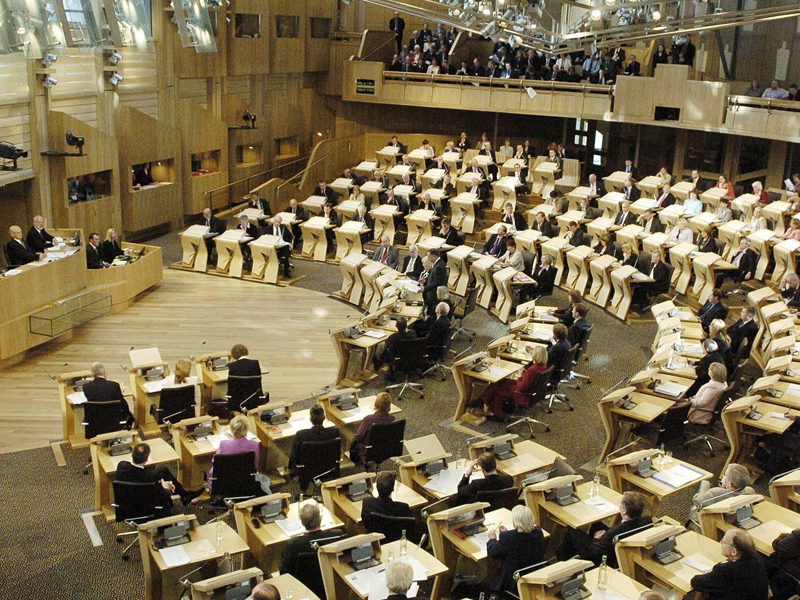Highland MP Danny Alexander has written to SNP Justice Secretary Kenny MacAskill asking five key questions that Highlanders want answers to over the armed police debate.
Mr MacAskill is due to make a ministerial statement to the Scottish Parliament as MSPs return from recess tomorrow (Tuesday 5th August). This follows concerns that armed police are being used routinely in the north and throughout Scotland.
Opposition has been particularly strong in the Highlands where councillors passed a motion calling for a review of the policy and Danny Alexander met with Chief Constable Sir Stephen House to raise the views of Highlanders.
Mr Alexander said: “Kenny MacAskill must use this opportunity to answer key questions on the routine use of armed police in the Highlands.
“These are the questions that are being asked by Highlanders who are deeply concerned about this fundamental change in the nature of our policing.
“It is concerning that it has taken so long for the Justice Minister to make a statement to parliament on this issue. It is not good enough for him to pass the buck to Police Scotland. Highlanders deserve answers.
“Before the introduction of the SNP’s centralised police force, Kenny MacAskill said time and time again that the force would be able to listen and respond to local concerns. His answers to these questions will test this flexibility and show whether Highland views are taken into account in the corridors of power in the central belt.”
The five key questions Danny Alexander has asked Kenny MacAskill to answer in the Ministerial Statement on armed police are as follows:
1. Who was consulted before the routine use of armed police was signed off?
2. Was he, as Justice Secretary, directly he involved in the decision?
3. Why was there no public or parliamentary debate before such a fundamental change in policy?
4. Will he ensure that Police Scotland has the flexibility so that this policy can be reversed in the Highlands?
5. Will he guarantee that future changes that affect the culture of policing in the Highlands are subject to full public debate?
